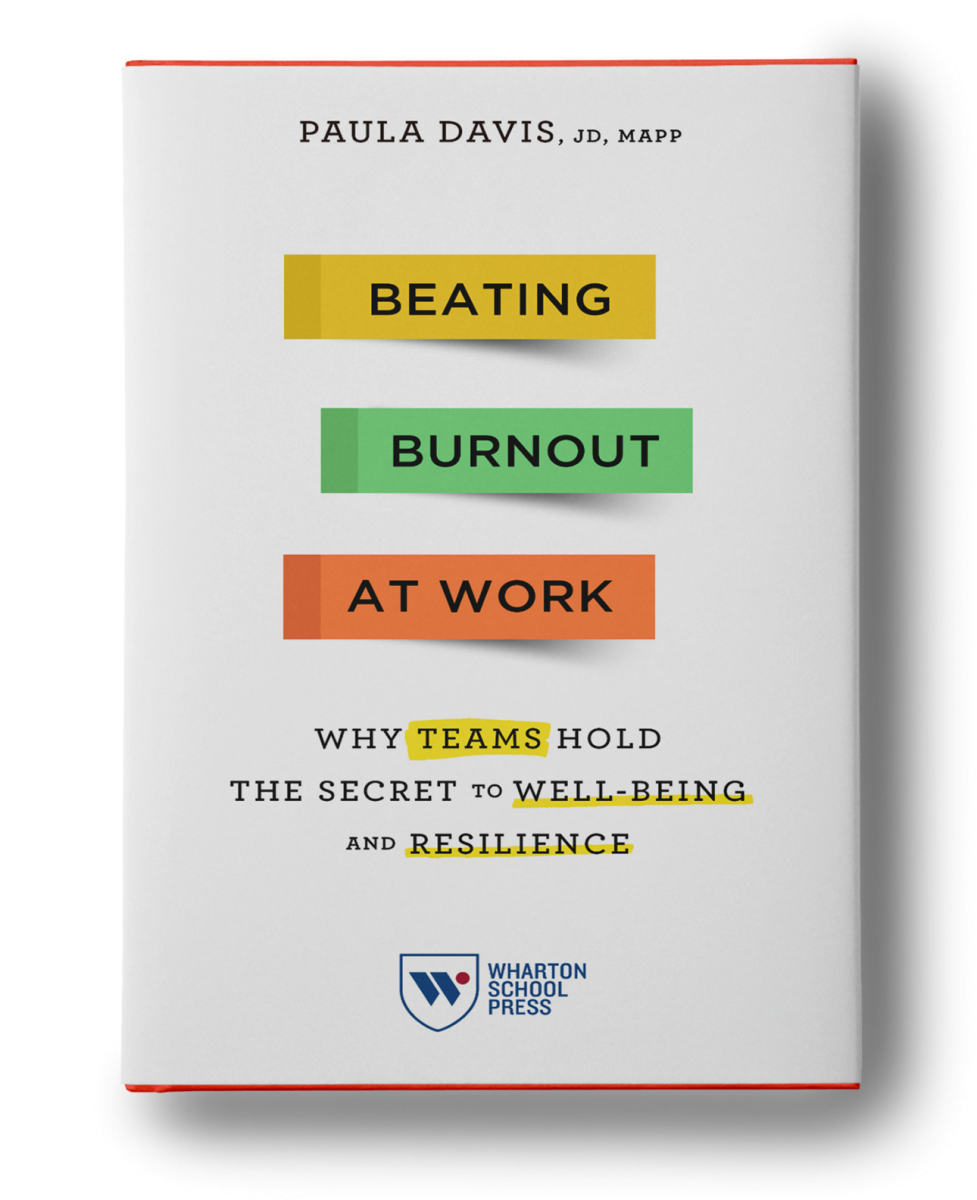the chronic state of being out of sync with one or more aspects of your life, and the result is a loss of energy, enthusiasm, and confidence. Eventually, and as I experienced toward the end of my law career, your physical health and mental well-being will likely deteriorate. While burnout can occur in many life domains (parents, spouses, and caregivers all can experience burnout), much of the burnout research focuses on work. Research by Drs. Michael P. Leiter and Christina Maslach points to six specific sources of burnout at work: Lack of Control. Your sense of control over what you do is undermined or limited and you don’t have a lot of say in what’s going on. One study measuring job demands and lack of control found that the one combination that was most detrimental to health and morale was high job demands in combination with low control. Individuals in this category experienced much higher rates of coronary disease and depression than those in other categories (Karasek, R., et. al, 1981). Values Conflict. There is a disconnect between your own core values and the core values of the organization. Many companies flash their mission statements and values on websites and marketing materials, but few actually walk the talk. If you want to learn more about values and categorize your own, please visit my website to find a free values worksheet. Insufficient Reward. You feel taken for granted, not recognized, and/or undercompensated. Many companies survived the Great Recession by demanding employees do more with less, and that often meant having one person do the work of two (or more). While this may have been a strategy necessitated by the severity of the economic crisis, it’s unreasonable to expect this to work as a long-term strategy. At my husband’s company, the CEO and other managers often send company- wide emails recognizing the efforts of employees. It takes a few minutes to type an email, but the goodwill created will last far longer. Work Overload. Your workload is too much, too complex, or too urgent. When I was practicing law, I had a client who categorized the priority of his work for me as “nuclear,” “super-nuclear” and “catastrophic.” I still don’t know what the difference is in the three designations, and I suspect he was so busy that even he didn’t really know – he just wanted me to take care of matters urgently. The stress created by work overload is not something to be ignored. According to the most recent Gallup survey on employee engagement, 50% of workers report being “not engaged” while another 20% report being “actively disengaged” (Sorenson & Garman, 2013). Unfairness. You or others are treated unfairly, there is a culture of favoritism, and assignments and promotions are made in an arbitrary fashion and discussed behind closed doors. One of the things that makes a company great, according to a recent Harvard Business Review article, is that employees are told what’s really going on. Nothing shuts down morale more than whispering behind closed doors. Breakdown of Community. You have to work with patronizing colleagues, there is no mechanism for conflict resolution, and feedback is non-existent. One study found that the number of people saying they have no one with whom to discuss important issues has nearly tripled between 1985 and 2004 (McPherson, Smith-Lovin, & Brashears, 2006). We spend so much time at work – building better relationships should be a main goal for all employees and managers. Our culture of burnout isn’t going to improve until these six sources of burnout at work are addressed. What’s troubling is that you don’t need to have a serious mismatch in all six of these areas to be at risk – a mismatch in even one area puts you on the path toward burning out. The time to start is now. ______________________________________________________________________________________________ Connect with Paula on Twitter, Facebook, and LinkedIn. ______________________________________________________________________________________________ References Freudenberger, H.J. (1974). Staff burnout. Journal of Social Issues, 30, 159-165. Karasek, R., et. al (1981). Job decision latitude, job demand, and cardiovascular disease: A prospective study of Swedish men. American Journal of Public Health, 71, 694-705. Leiter, M.P., & Maslach, C. (2005). Banishing burnout: Six strategies for improving your relationship with work. San Francisco, CA: Jossey-Bass. See also, Maslach, C., & Leiter, M.P. (1997). The truth about burnout: How organizations cause personal stress and what to do about it. San Francisco, CA: Jossey-Bass. McPherson, M., Smith-Lovin, L., & Brashears, M.E. (2006). Social isolation in America: Changes in core discussion networks over two decades. American Sociological Review, 71, 353-375. Sorenson, S., & Garman, K. (2013, June 11). How to tackle U.S. employees’ stagnating engagement. Retrieved on August 29, 2013, at http://businessjournal.gallup.com/content/162953/tackle-employees-stagnating-engagement.aspx. ]]>
Contact Us
How can we help? Let us know today!






